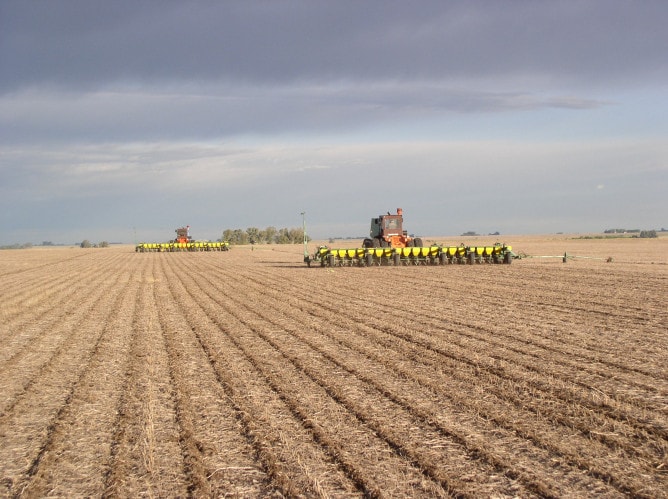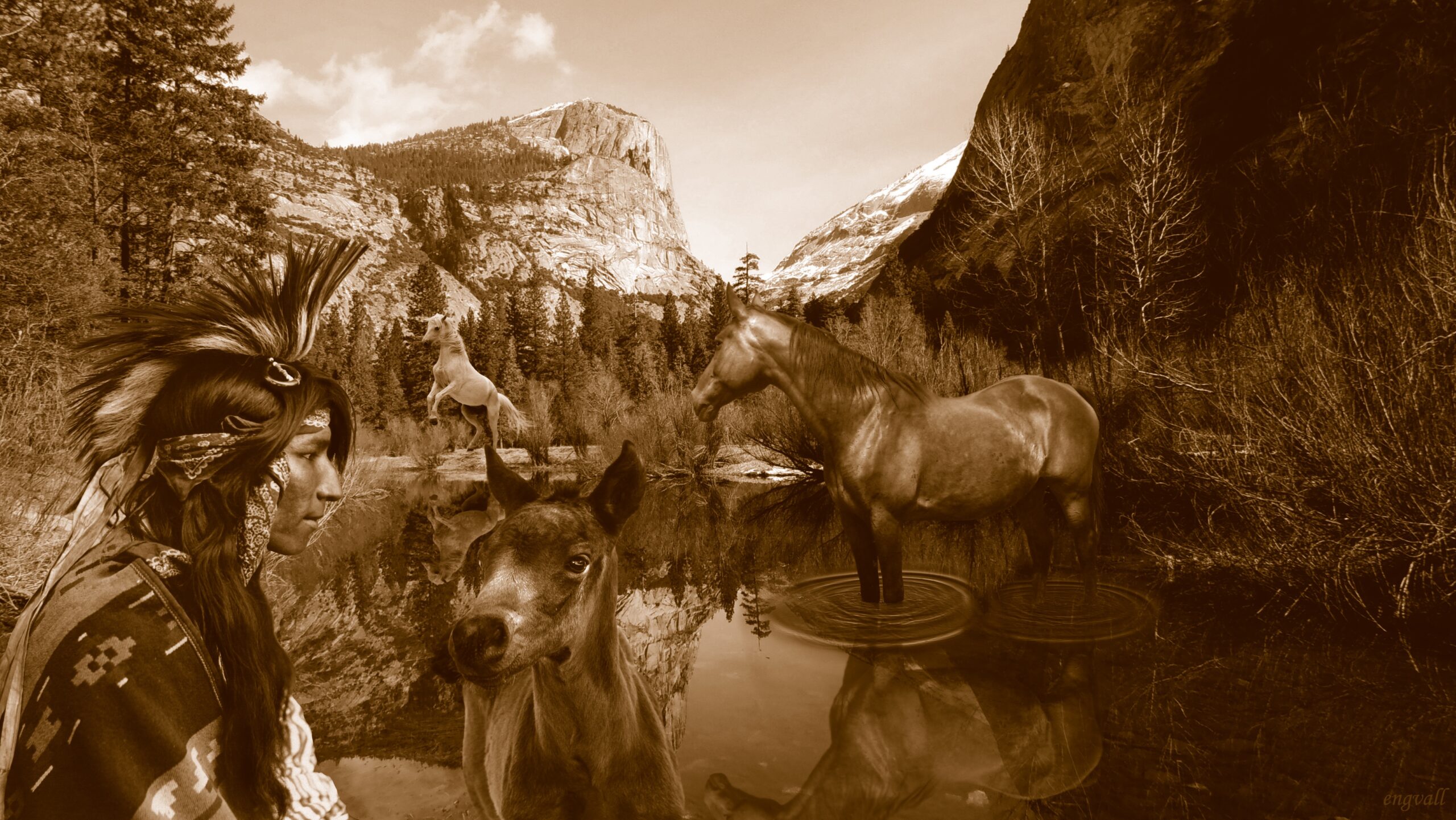Roberto Peiretti is an agricultural scientist in Argentina. He is the CEO of Roberto Peiretti & Associates, a firm engaged in International Agricultural Consulting. He has dedicated his life’s work to sustainable agriculture, writing articles and speaking at many conferences worldwide. Roberto is a founding member of AAPRESID (Argentina No Till Farmers Association) and was elected the president of CAAPAS (American Confederation of Farmers Organization for Sustainable Agriculture) from 2002-2006. In a conversation with Roberto, I got to learn about soil erosion, landscape change and its importance.
What is soil erosion?
Soil erosion is the natural process of soil loss that starts in the upper layer of the earth. While erosion is a natural process, it has been heavily accelerated and largely increased by anthropic, or human, actions
Why is it important? What does soil erosion effect?
Soil erosion is of extreme importance for humans because life on earth (of any type) depends on photosynthesis. Photosynthesis is the process that converts sunlight into chemical energy on which any type of life depends for its existence. The entire food chain is settled on photosynthesis.
Photosynthesis occurs when living organisms that contain chlorophyll, the green pigment that allows plants to absorb energy, is created. Chlorophyll is found in plants. These plants require soil to settle and grow. The soil provides nutrients and water to grow. The richest part of the soil is the upper layer, which erosion destroys.
In the photo: No Till System
Do humans have a very large impact on soil erosion if it is a natural process?
Yes, global erosion is mainly caused by human actions. Urban sprawl is one of the leading causes of anthropic erosion. It generates an annual soil loss that is equivalent to “ten millions hectares of potentially croppable land.” Urbanization has caused a large, negative impact on fertile land.
In the recent past has there been an increase of soil erosion and landscape change?
There has definitely been an increase in soil erosion and landscape change. This phenomenon is associated with two major factors.
The first is the intensification of agriculture and grain/oilseeds productions. The productions of these foods are based in conventional tillage, the agricultural preparation of soil by mechanical agitation of various types, such as digging, stirring, and overturning. These mechanical methods can be considered the major factor responsible for agricultural erosion. The second major factor is urban expansion, as we discussed before. The creation of infrastructure, like roads construction, is also a large contributor to not having the appropriate amount of soil for agricultural needs.
What are the most important things to know about soil erosion and landscape change? Is there anything that regular people can do to slow soil erosion and or to help the environment in this way?
First: To become conscious of the vital importance that soil plays for life and for our civilization’s existence.
Second: To become fully aware of what serious and worrisome the global status of the issue and threat is.
Third: To act, by following counteracting actions that are already in place.
I would say that there is a global need to become conscious at all levels of society. Our lives and civilization in general are fully dependant on soil for its existence. The agricultural processes are providing around 90% of our food, as well as a relevant proportion of fibers and other goods. Energy is also created from resources in our soil, like Biodiesel and Ethanol.
Both soil erosion as well as landscape change transforms agricultural land that is no longer fit for farming into urban spaces or other required infrastructure.
In the photo: Water Born Soil Erosion, Conventional Tillage
Is there anything else you would like to share about the current state of soil erosion and landscape change?
In order to combat soil erosion and landscape change an “acceptable” level of sustainability should be implemented in a widespread global initiative. We should simultaneously hit the three main axes and requirements to achieve sustainability: the environmental, the economic and the social.
The No Till System implies much more than just avoidance of tillage. As the new paradigm for agriculture it is important to fulfill the requirement and build sustainability. A good way to introduce these initiatives would be to start with a dramatic reduction and soon after a total counteraction of soils erosion and degradation.
We are faced with the need to keep increasing the agricultural production globally. To be able to answer to this challenge we must minimize or even avoid any negative impacts. The increase in production ought to mainly come from an improved productivity rather than a larger cropped area. To achieve this goal we ought to rationally utilize all the scientific and technological agricultural improvements. Some of these new technologies include but are not limited to the No Till, Biotechnology, a modern and evolved crop and a soil nutrition strategy.
With regards to urbanization and the increase of infrastructure, there is a strong need to minimize its impact by making the process as efficient and environmentally friendly as possible.
More from Mara on Thingser.com
All photographs have been provided by Roberto Peiretti. To learn more about soil erosion and landscape change, check out @PeirettiRoberto for more information.















